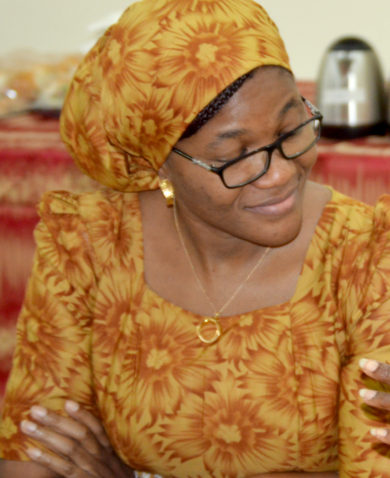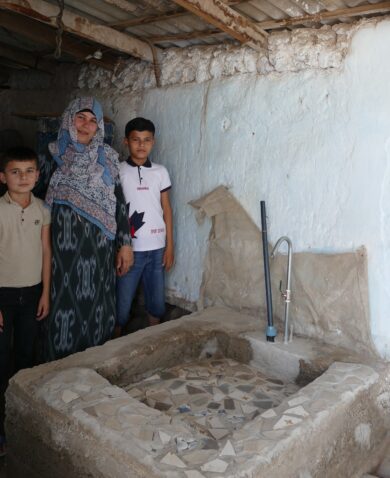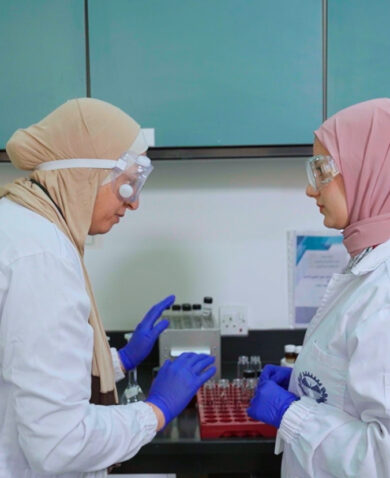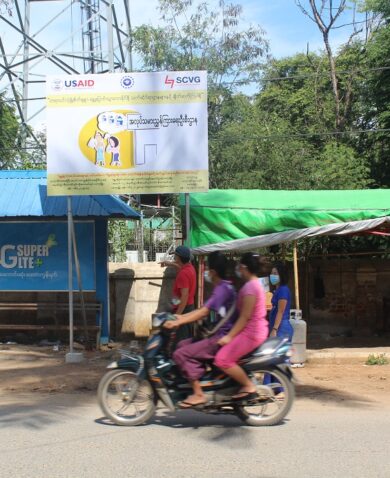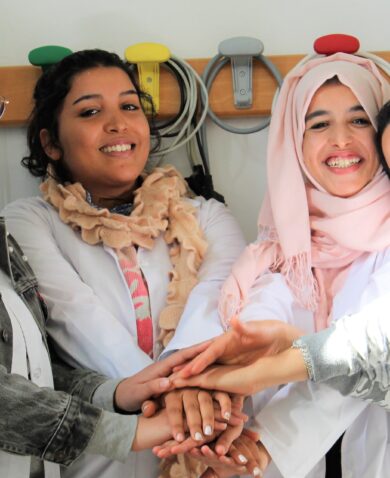
5 Best Practices for Closing the Gender Gap in Economic Development
June 9, 2016 | 2 Minute ReadAs the Global Summit of Women kicks off today in Warsaw, JoAnna Lipari shares five best practices for women's economic empowerment.
When I was a Peace Corps volunteer, I worked with female artisans in Morocco and witnessed firsthand the barriers they faced in economic development. Poor education, which prevented many from completing paperwork; low self-confidence or hope for a better future; lack of capital to invest in business licenses, equipment, and training; and a lack of time to work because of the burden of family responsibilities were among their challenges. I remember one weaver named Fatima, in particular. She woke up every morning before sunrise to do her family duties, but by the time she was able to get to her loom it was 2 p.m.
Addressing barriers like these is key for economic development around the world. According to the World Bank, countries with greater gender equality are more prosperous and competitive. On the flip side, income loss related to gender discrimination is estimated to be up to $12 trillion (16 percent of global income). Given these stakes, as we consider addressing gender inequalities we should first look to investing in activities that raise women’s capabilities and productivity. For example, education is the primary factor that leads to the creation of wealth: with every extra year a girl stays in secondary school, her income can increase 15 to 25 percent.
In a recent workshop by USAID’s Office of Gender Equality and Women’s Empowerment, participants drilled down the fundamental principles for their recommendations to the Strategic Framework on Women’s Economic Empowerment and Equality. Below are some of the key considerations coming out of that workshop on how to approach gender equity in economic growth, which are worth sharing as the Global Summit of Women kicks off today:
- Listen to women on the ground to learn about their priorities and strategies. Partner with local and regional groups to advance changes in culturally attuned ways.
- Recognize that women are not a monolithic group with a single set of needs. Differentiate the needs and priorities of socio-economic groups, including women who are low-income, refugees, minority groups, older people, and people with disabilities.
- Engage the entire community in gender mainstreaming, including men and boys. As Mina Sherzoy wrote in her recent blog post, we need to create a culture of gender equality by being more inclusive of men and boys. Including men, boys, and the community as a whole at the initial stage and later stages of economic growth initiatives ensures we connect them through empowerment rather than pit groups against each other, which can lead to unintended consequences.
- Address gender-based violence prevention and response in all economic programming. Be aware of the negative unintended consequences that can occur along with women’s economic empowerment: gender based violence and theft.
- Build evidence of successful practices. Promote the collection of quantitative and qualitative indicators.
Our ultimate goal is to increase women’s access to, control over, and ownership of resources; to improve women’s well-being and dignity; and for women to be able to interact equally, meaningfully, and in mutually supporting ways in any sector of the economy. By following these best practices, we can get closer to reaching that goal, and women like Fatima can contribute their talents for the overall wellbeing of themselves, their families, and their communities.






















